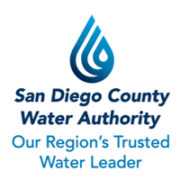This is How California’s Water Use Has Changed Since the Last Drought
California is in a serious drought. The National Drought Mitigation Center’s drought monitor puts most of the state in extreme drought zones for the first time since 2015.
The latest instance of drought has once again put the state’s water use under the microscope to identify opportunities for conservation, a task that’s expected to become more challenging as the impacts of climate change intensify.



